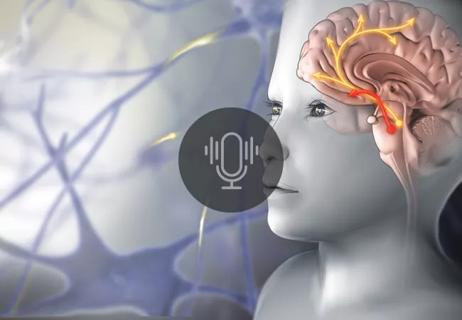National Institutes of Health grant supports Cleveland Clinic study of first mechanism-guided therapy for CRPS

Cleveland Clinic researchers aim to develop a novel, mechanism-guided therapy to treat patients with complex regional pain syndrome (CRPS), a chronic and debilitating condition that is resistant to traditional pain treatment.
Advertisement
Cleveland Clinic is a non-profit academic medical center. Advertising on our site helps support our mission. We do not endorse non-Cleveland Clinic products or services. Policy
In 2022, the National Institutes of Health awarded the health system $5.5 million to develop the therapy using human mesenchymal stem cells (hMSC). Jianguo Cheng, MD, PhD, professor and medical director of Cleveland Clinic’s Consortium for Pain, is the principal investigator. Interactions with patients and an understanding of the challenges they face are prime motivators for the project, says Dr. Cheng. “We have to – and we can – find new solutions, and that starts with a mechanistic understanding of the problem,” he says.
CRPS affects an estimated 200,000 people each year in the United States. The condition is characterized by chronic neuropathic pain, usually of an arm or leg, that often develops after an injury such as a break or sprain. It can become so severe that even a light touch can become excruciating. Over time, patients may experience swelling, stiffness, changes in skin color, texture, and temperature, and the pain may even expand to the opposite limb. CRPS affects more women than men, and primarily adults, although the disease has stricken patients of all ages.
Neuroimmune dysregulation is believed to be the cause of CRPS, although why some people develop the disease in response and others don’t remains a question. Among the complicating factors in treating CRPS patients is a lack of awareness. Patients may go many months or even years between symptom onset and diagnosis.
“Many physicians do not recognize CRPS or even know about it,” says Dr. Cheng. “When a patient presents to them, they do not know how to diagnose or assess it. Therefore, they cannot refer to providers who know a little bit about it. That’s the kind of challenge patients and their families are facing. It’s a terrible disease.”
Advertisement
The opportunity to make significant strides lies in the use of a novel mechanism to address CRPS on a cellular and molecular level, he says. The researchers hypothesize that hMSC transplantation can significantly modify disease processes and improve symptoms.
Their work includes the generation of clinical grade hMSCs from bone marrow, adipose and umbilical cord tissues; the establishment of therapeutic protocols; and securing Food and Drug Administration approval for an investigational drug. If all goes well, says Dr. Cheng, clinical trials could begin in less than two years.
If successful, the treatment would be the first for CRPS to not only reduce pain but modify disease processes.
“Neuroimmune dysregulation is the key to the disease, and therefore should be the therapeutic target,” says Dr. Cheng. “No known pharmacological therapy addresses this well. And fortunately, because of the discovery of stem cells and their immunomodulatory effects — which include paracrine secretion of molecules (growth factors, cytokines and hormones), exosomes and microvesicles — all those properties provide the microenvironment for the cells of human tissue to have a better recovery from processes caused by dysregulation of the immune system and neurological system.”
“As we begin to know the essential mechanisms of CRPS, we are positioned to design mechanism-guided therapies,” adds Dr. Cheng. “We have a good safety record with mesenchymal stem cell transplantation, we have a strong scientific rationale, and we have ample preliminary data to support the potential application of this therapy. That’s why this is the very first NIH-supported preclinical and clinical trial for stem cell therapy in the field of pain. And it is the largest grant ever for the treatment of CRPS.”
Advertisement
Advertisement

Researchers seek solutions to siloed care, missed diagnoses and limited access to trauma-informed therapies

Cleveland Clinic study investigated standard regimen

Researchers identify the neurologic evolution of pain-related learning

Tapping into motivational interviewing to guide behavioral change

Self-efficacy mindset, burst therapy and increased biofeedback may help improve outcomes

How functional restoration can help children with these conditions marked by unexplained pain with stigmatized symptoms

Two-hour training helps patients expand skills that return a sense of control

New technologies and tools offer hope for fuller understanding